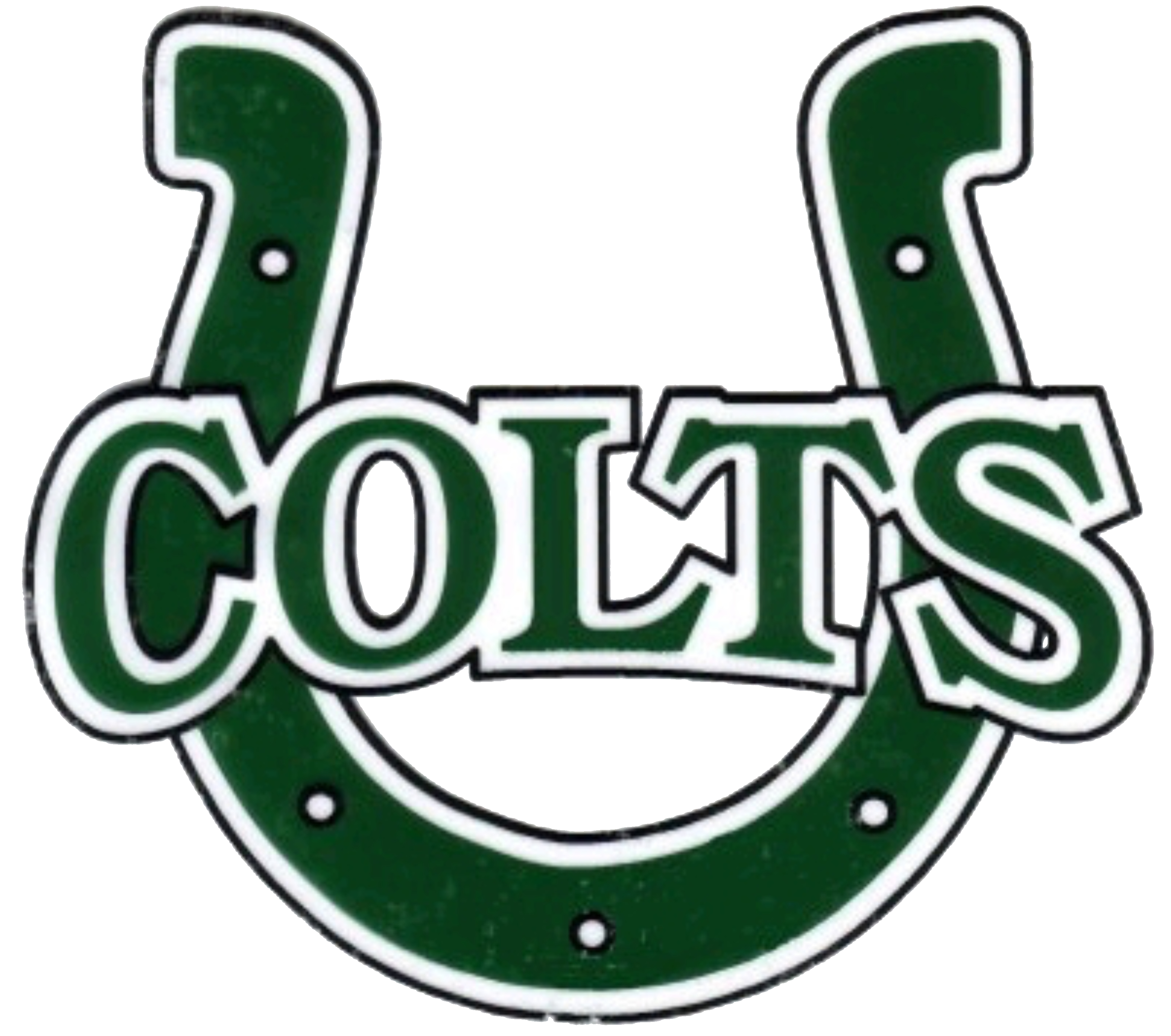Painting Project

Project Description
This project seeks to explore and express the breathtaking beauty of natural landscapes using the versatile medium of painting. Whether you're an experienced artist looking to refine your skills or a novice eager to discover your artistic voice, this project offers an opportunity to connect with nature and create stunning artworks.
Project Objectives:
Skill Development: Participants will enhance their painting skills, focusing on aspects such as color mixing, brushwork techniques, composition, and the portrayal of textures. Workshops and tutorials led by experienced artists will guide participants through each step of the painting process.
Observational Acuity: Through outdoor sketching sessions and plein air painting, participants will sharpen their ability to observe and capture the nuances of natural landscapes. This objective encourages participants to pay attention to light, shadow, atmospheric perspective, and other elements that bring landscapes to life.
Creative Interpretation: While learning techniques is important, participants will also be encouraged to infuse their personal creativity into their artworks. They will learn to translate their emotional responses to landscapes into visual representations, adding depth and authenticity to their paintings.
Nature Connection: This project aims to foster a deeper connection between participants and the environment. By immersing themselves in the act of painting landscapes, participants will develop a greater appreciation for the beauty and intricacies of nature.
Portfolio Building: Over the course of the project, participants will create a series of landscape paintings that showcase their progress and growth as artists. This collection could be used for personal enjoyment, exhibitions, or even potential artistic endeavors.
Materials:
The following materials are recommended for participants in the "Essence of Earth: A Landscape Painting Exploration" project:
Paints: High-quality acrylic, oil, or watercolor paints. Choose a palette of colors that includes a range of hues to capture the variety of landscapes.
Brushes: Assortment of brushes in various sizes and shapes. Flat, round, filbert, and fan brushes are common choices.
Canvas or Paper: Stretched canvases or watercolor paper of different sizes. Choose surfaces that suit the chosen medium (acrylic, oil, or watercolor).
Easel: A portable easel for outdoor painting (plein air) and a stable one for studio work.
Palette: A palette for mixing and blending colors. Disposable or reusable palettes are available.
Solvents and Mediums: If using oil paints, appropriate solvents and mediums for thinning and extending paint.
Palette Knives: Useful for mixing paint and creating texture.
Sketching Materials: Pencils, erasers, and sketchbooks for preliminary drawings and outdoor sketches.
Reference Materials: Collect reference photos, sketches, or plein air studies of landscapes for inspiration and guidance.
Water and Containers: If working with acrylics or watercolors, containers for water and cleaning brushes.
Rags or Paper Towels: For cleaning brushes and wiping surfaces.
Varnish (Optional): For protecting and enhancing the finished paintings.
Learning Objectives
Rubric
Rubric:
Rubrics have become popular with teachers as a means of communicating expectations for an assignment, providing focused feedback on works in progress, and grading final products. A rubric is a document that articulates the expectations for an assignment by listing the criteria, or what counts, and describing levels of quality from excellent to poor.
The rubric for the painting project can be viewed, downloaded and printed below. Enjoy
Rubrics have become popular with teachers as a means of communicating expectations for an assignment, providing focused feedback on works in progress, and grading final products. A rubric is a document that articulates the expectations for an assignment by listing the criteria, or what counts, and describing levels of quality from excellent to poor.
The rubric for the painting project can be viewed, downloaded and printed below. Enjoy
Element of Art
Space:
An element of art by which positive and negative areas are defined or a sense of depth achieved in a work of art.
Space:
An element of art by which positive and negative areas are defined or a sense of depth achieved in a work of art.
Artist: Thomas Kinkade
William Thomas Kinkade III was an American painter of popular realistic, pastoral, and idyllic subjects. He is notable for the mass marketing of his work as printed reproductions and other licensed products via the Thomas Kinkade Company. He characterized himself as "Thomas Kinkade, Painter of Light", a phrase he protected through trademark but one originally attributed to the British master J. M. W. Turner (1775–1851). According to Kinkade's company, 1 in every 20 American homes owns a copy of one of his paintings. Despite wide commercial success throughout his life, Kinkade is generally held in low esteem by art critics; his pastoral paintings have been described as maudlin and overly sentimental.
Project Example

Project Demonstration
Student Work
You're Ready to Start Your Project.
Project Submission

Painting Comments
- 1
- 2
- 3
- 4
- 5
- 6
- 7
- 8
- 9
- 10
- 11
- 12
- 13
- 14
- 15
- 16















